As the site of countless iconic buildings and megastructures, it’s no surprise that the United States is home to some of the world’s most famous architects. American architecture has a rich heritage so it’s no surprise that it was host to many brilliant minds in this field. Since it has long been a center of architectural innovation, the United States is also home to distinct buildings that are world-famous landmarks today.
Naturally, the most well-known and famous American architects are those who masterminded some of these iconic structures, making ambitious high-concept designs into reality. Some of these architects have also distinguished themselves by breaking through social barriers to achieve recognition and success.
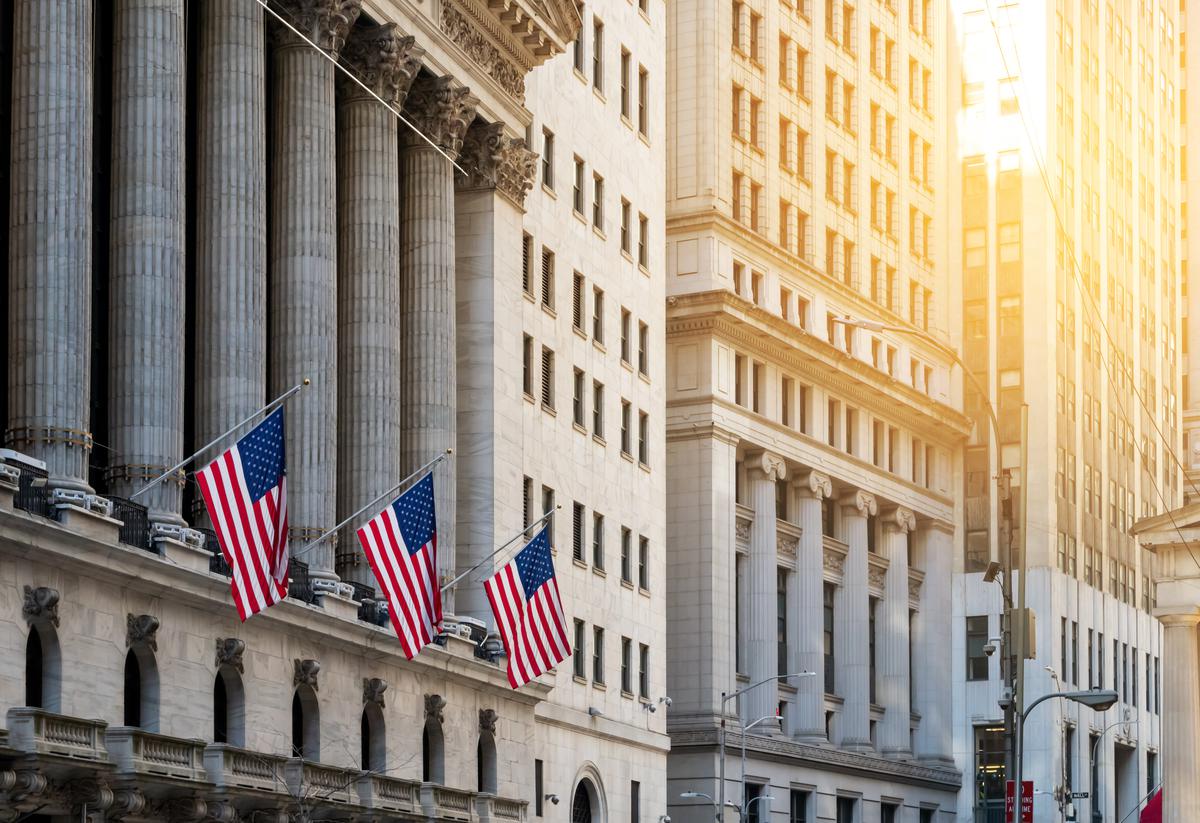
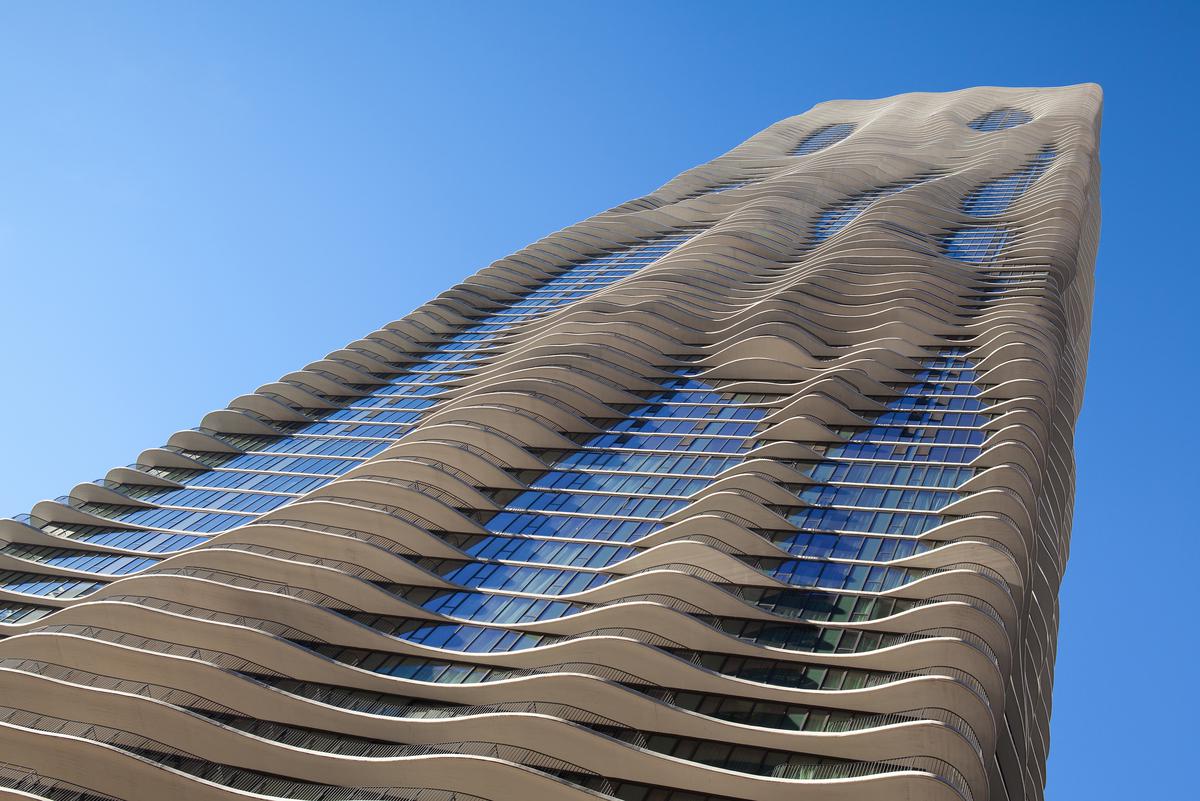
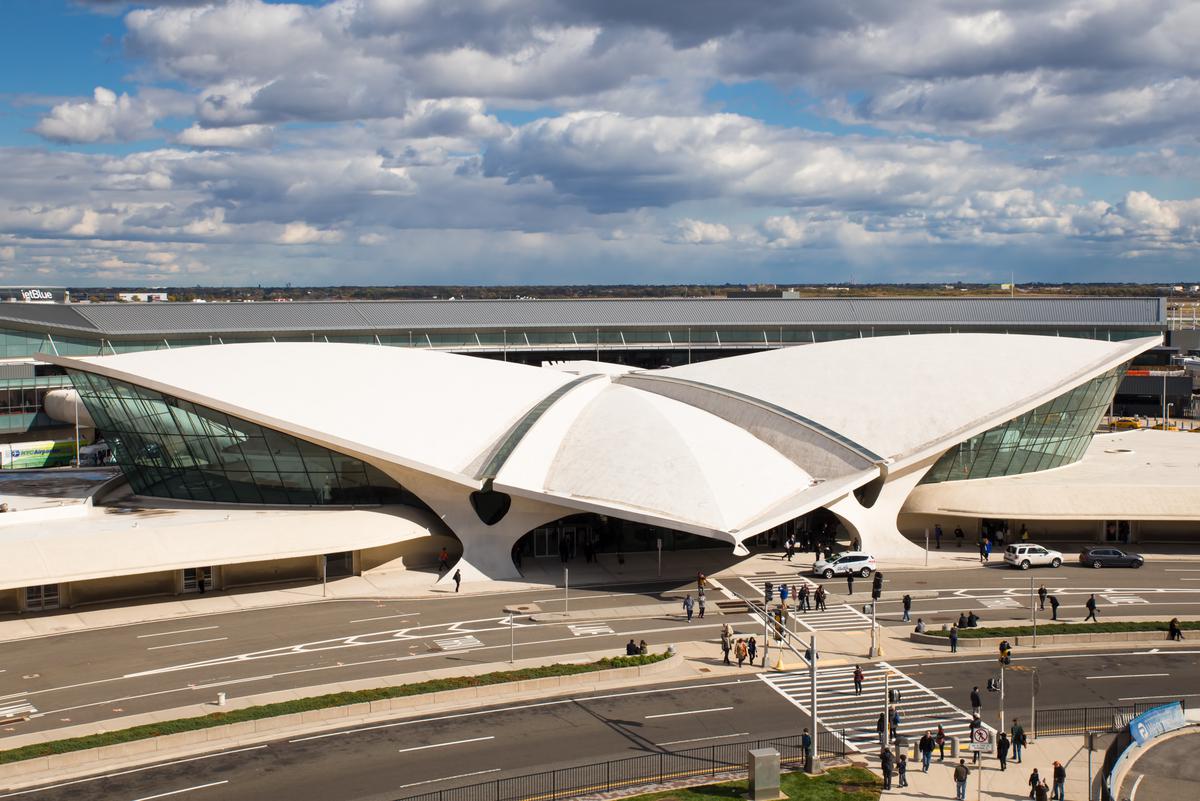

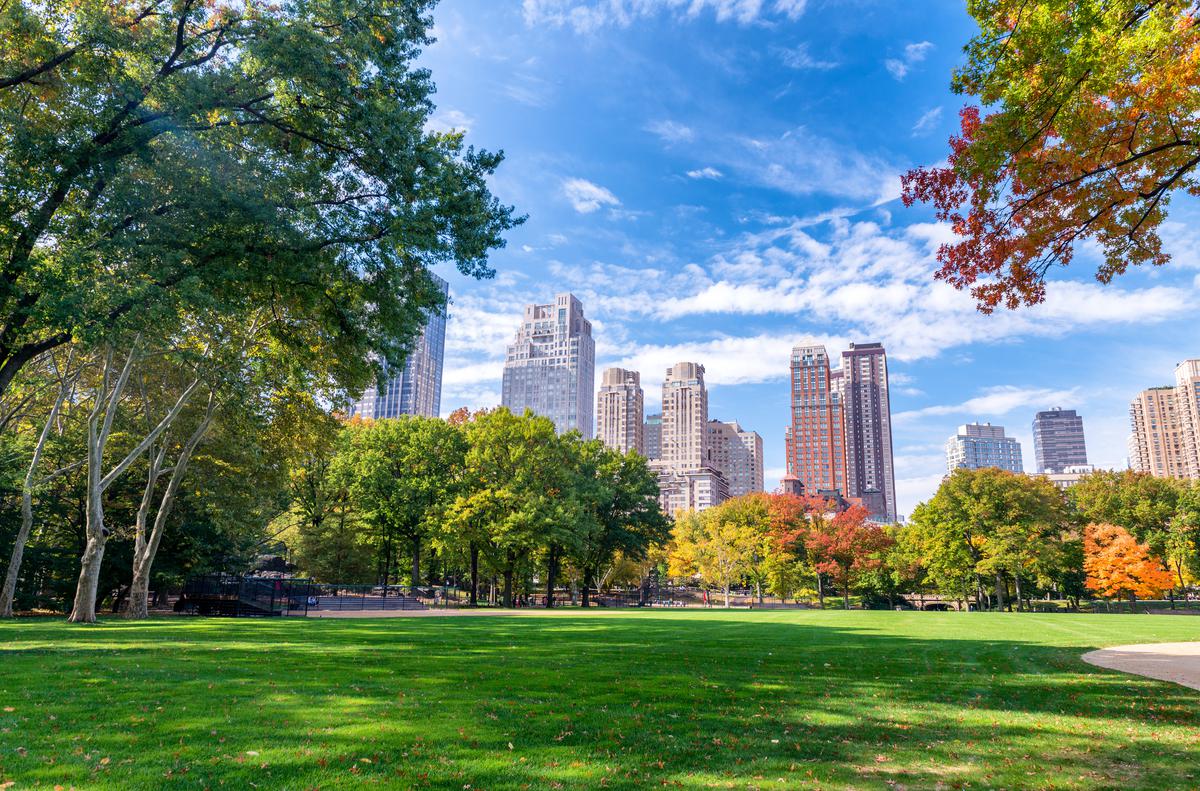
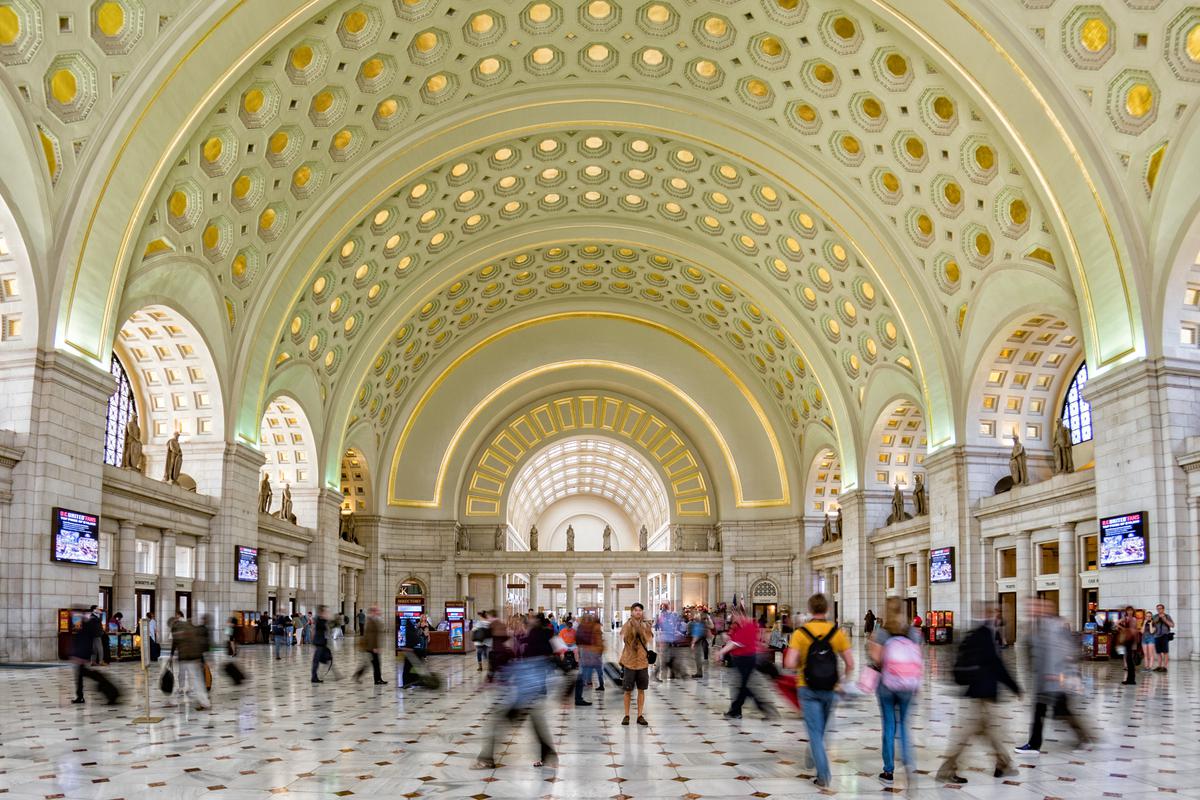
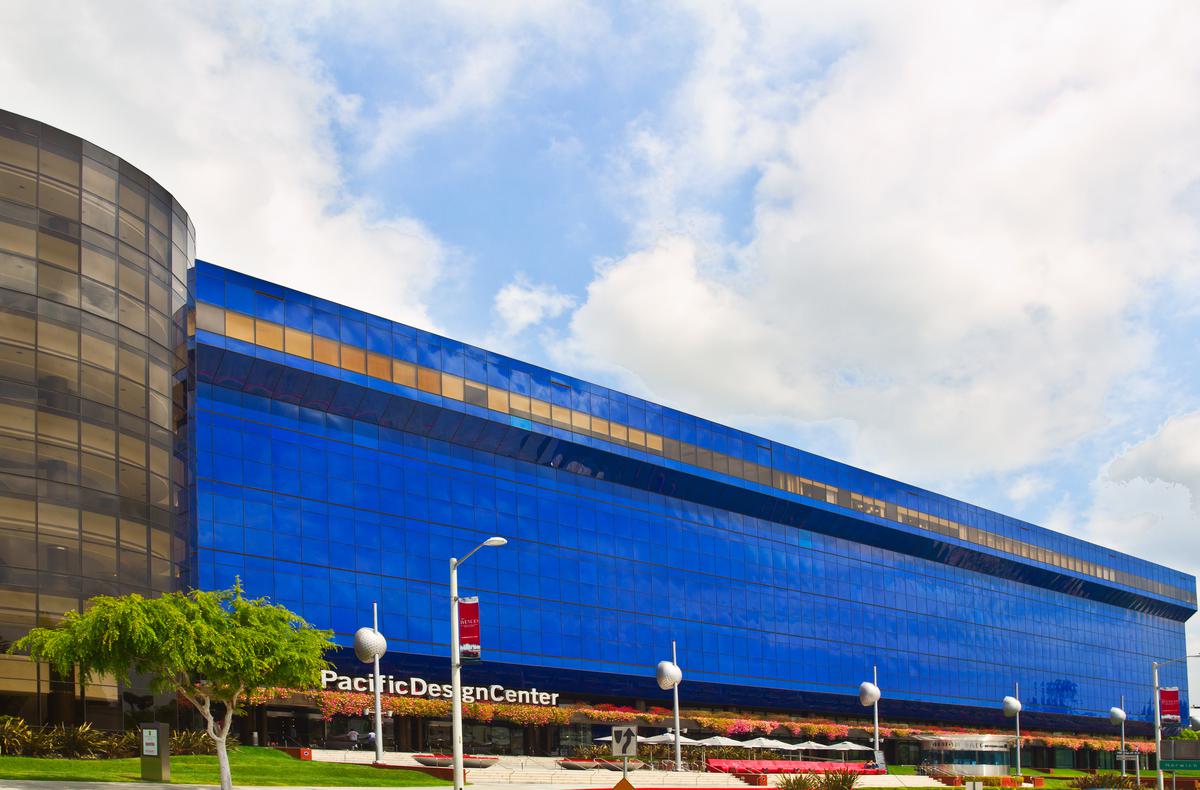
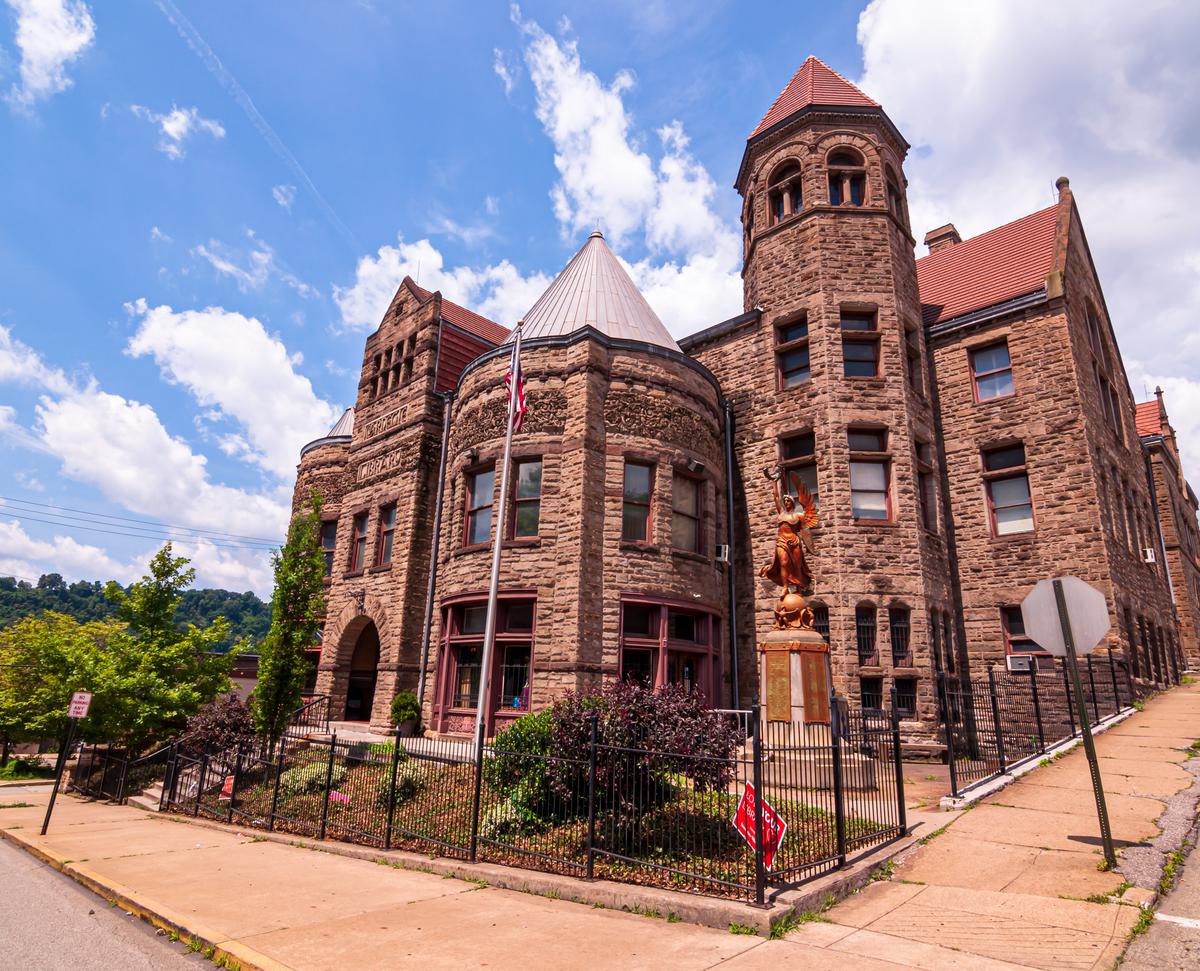

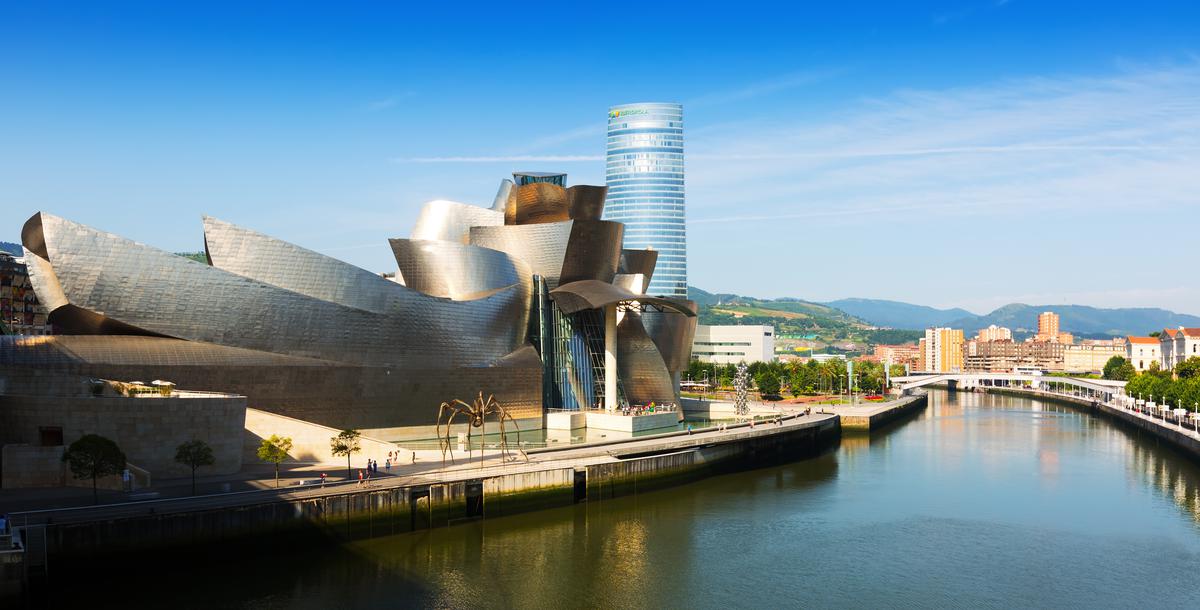




comments